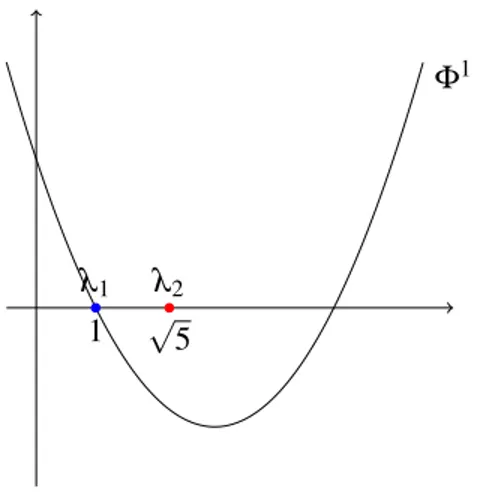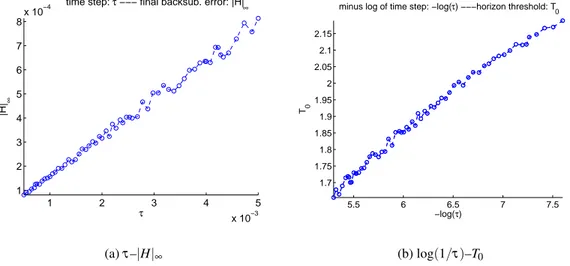Nonlinear Perron-Frobenius theory and max-plus numerical methods for Hamilton-Jacobi equations
Texte intégral
Figure

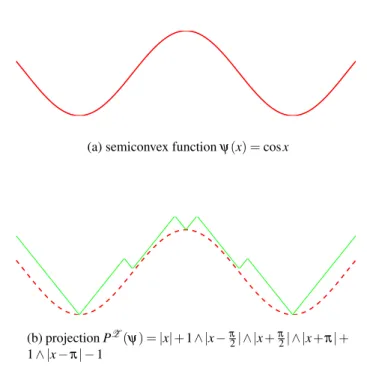
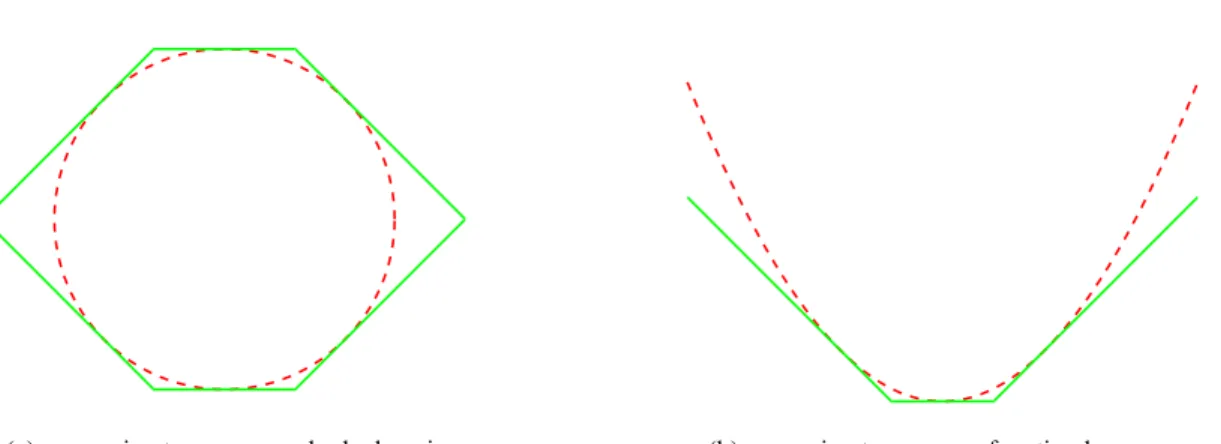
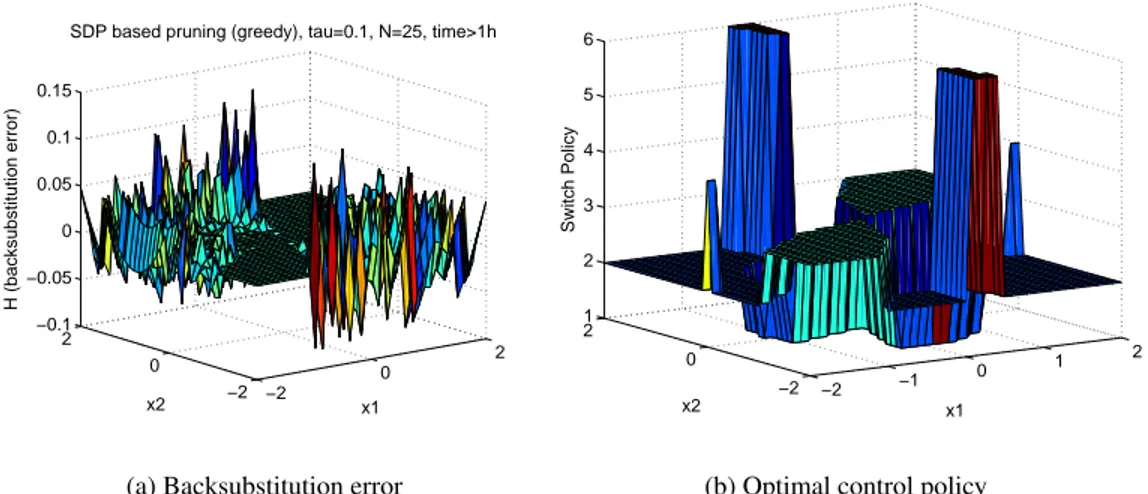
Documents relatifs
This problem has in particular been studied in the theory of empirical process (providing asymptotic results), and through statistical learning theory ([KOL 61],[VAP 71]). The
Jacobi equation. We take advantage of the methods of asymptotic analysis, convex analysis and of nonsmooth analysis to shed a new light on classical results. We use formulas of the
Among famous numerical methods (especially for Eikonal equations), remain the Fast Sweeping Method (FSM) and the Fast Marching Method (FMM). [34, 16, 49]) is based on an
These Pbx interacting partners, corresponding to homeodomain (Hox, Meis/Prep, Pdx1) and non- homeodomain (FoxC1, HPIP, ZFPIP, Smad, NR, MyoD) proteins, display more temporally
One could clearly hope for stronger results, but the above are already strong indications that when the data lie on a high-dimensional and curved manifold, local learning methods
This means that if the class distributions are such that there are many distinct regions with constant labels (either separated by low-density regions or regions with samples from
Comm. Viscosity solutions of a system of nonlinear second-order elliptic PDEs arising in switching games. On the rate of convergence of approximation schemes for Bellman
First, we prove a classification of boundary condition result for a nonconvex, coer- cive Hamiltonian, in the spirit of the flux-limited formulation for quasi-convex Hamilton-

![Figure 6.3: Comparison of the four pruning techniques by the evolution of the discrete L 1 norm of backsubstitution error on the rectangle [−2, 2] × [−2, 2] of the x 1 −x 2 plane, with respect to the number of iterations.](https://thumb-eu.123doks.com/thumbv2/123doknet/2555308.55213/143.918.299.603.288.892/figure-comparison-techniques-evolution-discrete-backsubstitution-rectangle-iterations.webp)
